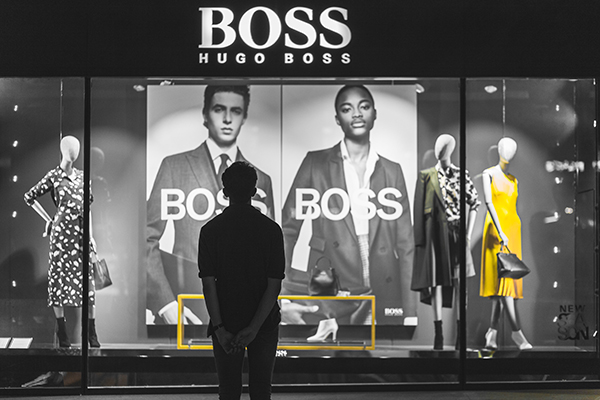A new report has revealed that the 'drift’ to online purchasing differs widely by product category.
To understand how shopping habits may change in future, the Go Inspire Group commissioned independent research to understand how the UK population felt they would be purchasing different sorts of products in five years time. The study also compared total UK responses with the results from Generation Z (18-24 years) respondents, to determine whether the purchasing behaviour of this cohort - that has never known a world without digital devices and social media - radically differs from older generations.
A net score was established by combining the proportion of people saying they were going to buy more online in five years time, with the proportion saying they expected to buy more in-store five years hence. The resulting net percentage indicates the broad trend between today’s online purchasing and that in half a decade’s time.
The results showed that respondents saying they would be buying more mobile phone, computing and electronic products online in five years time gave a net score of +9 per cent.
In contrast, respondents saying they would spend more on fresh food online in five years time showed a negative net score of -12 per cent.
There was no expected net change in online spending in five years time for DIY, stationery and children’s clothes.
Although showing a slight propensity towards online purchasing growth across all categories, there was a striking similarity between Generation Z’s purchasing outlook, compared to that of the mainstream, including a slight net return to in-store purchasing for gardening products, household goods and food.
Crawford Davidson, managing director at Go Inspire Group, noted that the results should alert retailers to the dangers of making decisions about the future of online and in-store purchasing that are not based on hard facts and research.
"In some categories, retailers may begin to observe slowing online activity, or even a reverse back to in-store transactions, however, it is important to note that the online/offline profile of each product category differs very widely, and so a re-evaluation of the balance between sales channels to reflect purchasing behaviour may be beneficial for strengthening loyalty and drawing in new customers.
“In our experience, many retail businesses divide operations and marketing into two silos: in-store and online," he continued. "This prevents these businesses from forming a holistic view of customer behaviour as in reality, most customers use a combination of on and offline channels."
Davidson added: "Considering that the most loyal customers in-store also tend to be the most loyal customers online, marketers failing to merge their online and offline view may be missing a trick.”
Latest News
-
East of England Co-op completes pilot of comms platform for shelf-edge digital experiences
-
Waitrose to create 550 jobs at new Bristol distribution centre as brand expands
-
Co-op expands own-brand wholesale offering to tap growing trends
-
Claire’s and The Original Factory Shop face administration after tough Christmas trading
-
Sainsbury’s taps Asda to boost expansion of its commercial transformation team
-
Tesco pledges to hold prices on over 3,000 branded items
Beyond Channels: Redefining retail with Unified Commerce
This Retail Systems fireside chat with Nikki Baird, Vice President, Strategy & Product at Aptos will explore how unified commerce strategies enable retailers to tear down these barriers and unlock new levels of operational agility and customer satisfaction.
The future of self-checkout: Building a system that works for consumers and retailers
In this webinar, industry leaders discussed what the future of self-checkout looks like and how retailers can make the technology work for everyone.
© 2024 Perspective Publishing Privacy & Cookies










Recent Stories